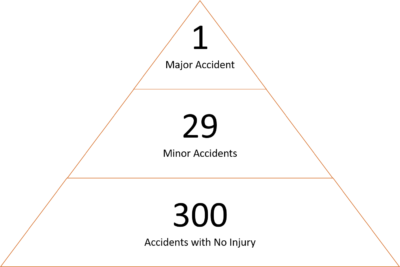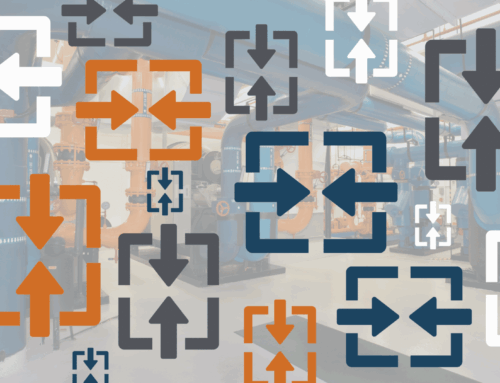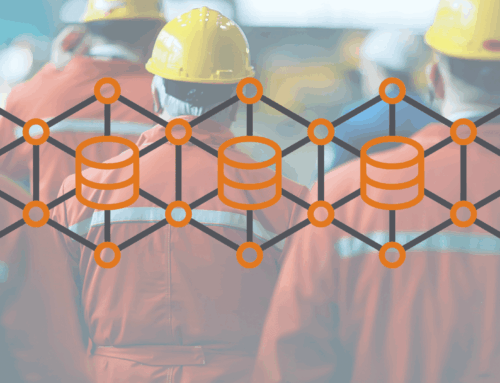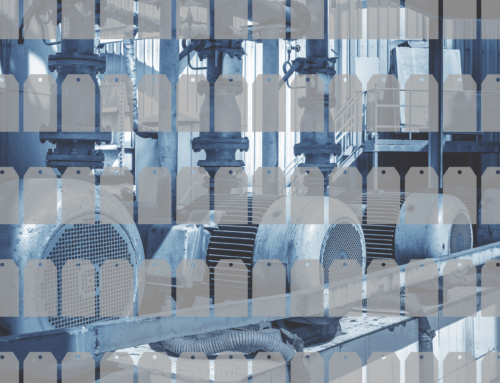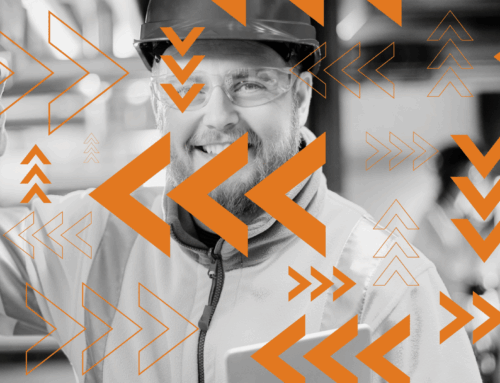Risk is a part of life, but what is it? Looking at its definition, risk is the potential for unforeseen consequences resulting from taking or not taking action. When we make decisions, whether in our personal or professional lives, we compare risks with potential benefits to come to a decision. Sometimes we do this based on gut feelings and other times we follow more formal processes and strategies. Regardless, for risk and the goal is to minimize risk and maximize benefits.
Organizations take different approaches to minimize different types of risk. Let’s focus on one type: operational risk. Operational risk describes the uncertainty of conducting day-to-day business. Some examples of operational risk include human error, safety, and institutional knowledge. When deciding how to minimize operational risk, look to your people, organization, and technology to improve operations.
Technology helps organizations with operational risk management. Why? Because technology is a tool. A tool is not the end goal, but rather a means to end. So when deciding how to minimize operational risks, choosing the right centralized monitoring technology can help. From using predictive maintenance technology to reduce unplanned outages and improve plant safety to data historians that allow you to know the current and historical operating status of the plant, technology provides you with useful information to make better decisions. Operational risks will never disappear, but you can always improve your decision-making process. Learn how to reduce operational risk with these tips.
Human Error
We all make mistakes–that’s what makes us human. When looking at disasters at power plants, oil refineries, or manufacturing plants, a single human error can sometimes be the difference between a catastrophe and a manageable failure. Luckily, there are ways to reduce the chance of human error.
Your Organization
An organization where no one discusses errors is not an organization free of human error. When implementing new strategies and processes, follow the research on Psychological Safety and try to focus on positives rather than negatives. Psychological safety exists when members feel safe to take risks within their organization without the fear of punishment or embarrassment. In contrast, when psychological safety does not exist, assumptions that negatively impact the organization will continue. By eliminating the fear, members are more likely to openly discuss errors. This in turn lets the organization and members address the errors and make changes to ensure they don’t happen again.
Your People
While psychological safety focuses at the organizational level, building trust at the individual level is important as well. By focusing on fixing the problem and not blaming, your people will have more agency and room to eliminate future errors. For example, by tracking the number of times you miss a meaningful alarm, you may see that your operators have DCS alarm overload and need a different method of alarm management. By eliminating the personal aspect, this solution to this issue becomes easier.
Your Technology
Using automation and machine learning, plants can leverage operational risk technology to create personal assistants for their people. For example, automating the collection and quality review of data by using a historian allows your subject matter experts to focus on analysis rather than validating data quality. By automating and streamlining as many processes as possible using technology, you can reduce the load on your people, freeing up brainpower to work on more critical tasks.
Health and Safety
A well-known operational risk framework revolves around safety reporting. You can’t go into a plant without seeing posters about safety management policies. When surrounded by large pieces of equipment and extreme temperatures and pressure, the safety implications are significant. As such, organizations continuously implement processes and strategies to minimize safety risks.
Your People
Heinrich’s Law states that for every accident that results in a major injury there are 29 accidents that result in a minor injury and 300 accidents that do not result in any injury. With this concept in mind, by intervening earlier in the minor accidents and keeping them from the happening at the person-level, the hope is that organizations will therefore reduce the number of major accidents.
Your Organization
Heinrich’s Law is one component of operational risk management, not its entirety. Recent research indicates that too much focus on minor accidents can lead to a lack of attention to management systems. This results in some organizations not implementing strong enough processes to minimize the risk of major accidents that lead to physical harm and death. Regardless if Heinrich’s Law is true today, organizations should create a robust strategy to minimize operational safety risks that includes all layers of the organization from top to bottom. Safety is the responsibility of the people on the floor and of the people in the offices. For more information, OSHA provides guidelines on risk assessments and how to create more robust processes and strategies.
Your Technology
Unlike the office where HanAra works, people working in plants are surrounded by large equipment and processes that are potentially hazardous. If there is an issue with our computer, we can switch to another computer, get it fixed, or buy a new computer at the store, but we don’t worry about our personal safety. In a plant, this does not follow. The risk of functional failures at a plant creates an environment where people can potentially be injured. In contrast, by using predictive maintenance techniques, organizations have more lead time to make decision than reactive maintenance. As a result, when you aren’t constantly to reacting, you’re better able to create a safer environment for plant personnel.
Institutional Knowledge
In the process industry, organizations have done significant work to minimize single points of failure in their processes, supply chain, and operations. One area where we are seeing more focus is in the area of institutional knowledge. Institutional knowledge protects organizations against risks, but if it is not shared throughout the organization and instead held be one or a few people, it becomes a single point of failure risk.
Your People
Some plants have a large percentage of the workforce who are coming closer to retirement age. These members have strong institutional knowledge. They know the plant, the equipment, and the process. The issue is how to transfer this information to others. If your organization still has time, celebrate and recognize these individual member’s institutional knowledge by having them train and supervise other members.
Your Organization
With Industry 4.0 we will see a shift in how organizations complete operational risk assessments and overcome the challenges they face like an aging workforce. As a result, organizations must create a culture of data-informed decision-making and technology-enabled workers. Without the support of the organization, progress will be difficult to shift members towards digital transformation.
Your Technology
One way organizations are dealing with the risk of losing institutional knowledge is looking to technology to transfer the information. From using machine learning or EAM systems, organizations are creating processes to record institutional knowledge and share it throughout the organization.
Our advanced data historian and asset performance management solutions help to improve industrial operations and knowledge-sharing. Reach out to learn how our customers have enhanced safety, sustainability, and collaboration accross their organization.

